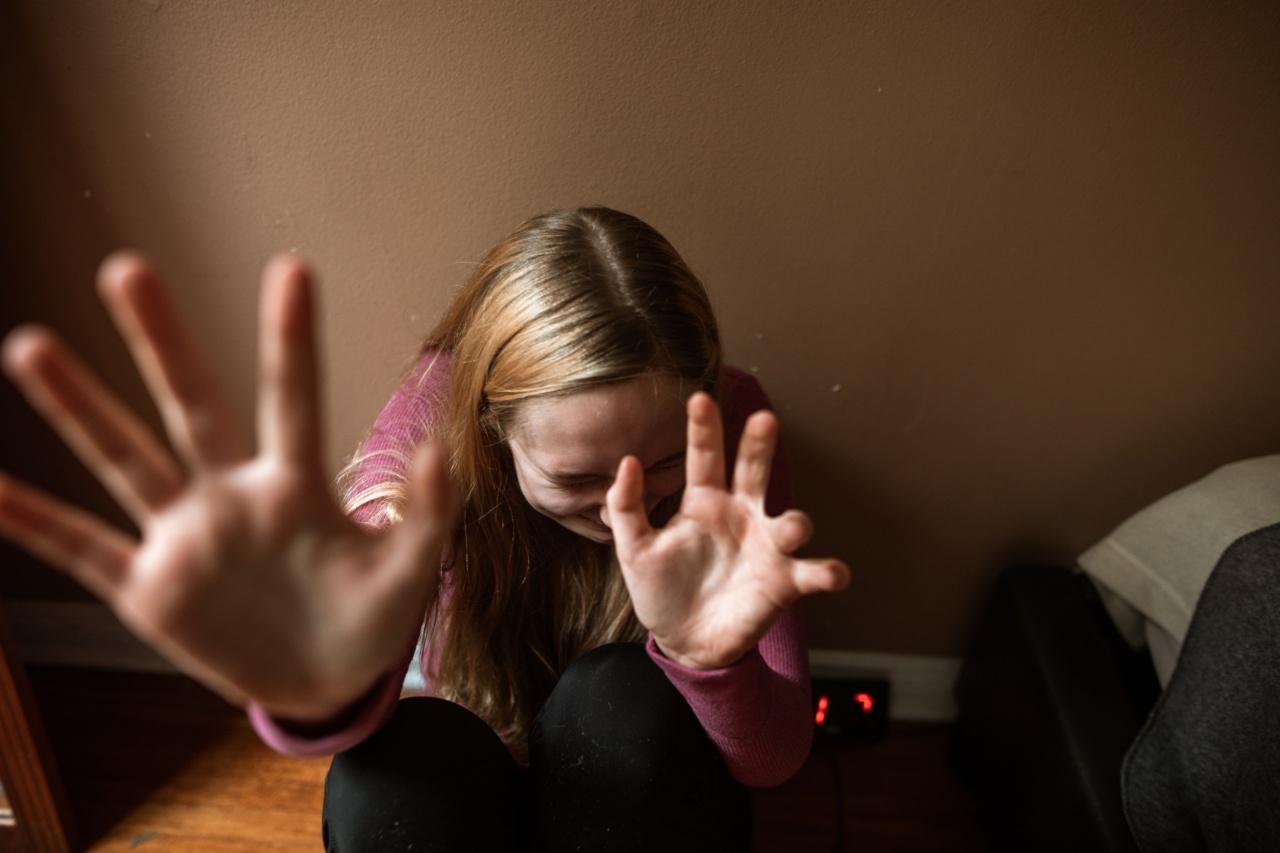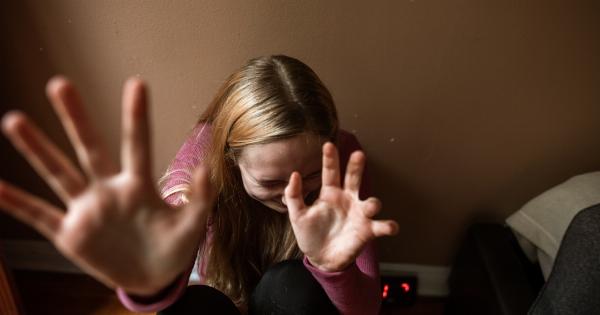Domestic violence is a pressing issue in society, affecting countless women across the globe. The aftermath of such violence can have profound and lasting impacts on the lives of those who experience it.
In this article, we will explore three common responses of abused women as they navigate the challenging aftermath.
1. Surviving in Silence
One common response to experiencing domestic violence is for women to suffer in silence. They may fear the repercussions of speaking out, whether it be from the abuser or societal judgment.
These women often endure the trauma privately and try to maintain a façade of normalcy in their daily lives.
Surviving in silence can be psychologically damaging, leading to feelings of isolation, low self-esteem, and even self-blame. These women may struggle with their sense of self-worth and find it difficult to trust others.
The internalization of the abuse can manifest physically as well, resulting in various health complications.
2. Seeking Support Networks
Another response to domestic violence is for women to actively seek out support networks.
Recognizing the importance of not facing this harrowing experience alone, they reach out to friends, family, or organizations dedicated to assisting survivors of abuse.
Forming support networks can provide a vital lifeline for abused women. It allows them to share their stories, receive validation and empathy, and gain access to resources that can aid in their recovery.
These networks can offer a safe space where women can discuss their experiences openly without fear of judgment or retaliation.
However, seeking support networks can also be a challenging process. Abused women may face barriers, such as limited access to resources, financial instability, or societal stigmatization.
It is crucial for communities and institutions to provide comprehensive and accessible support systems to aid these women in their journey towards healing.
3. Rebuilding and Empowering Themselves
The third common response of abused women is the process of rebuilding their lives and empowering themselves.
After experiencing the trauma, survivors often embark on a journey of self-discovery and growth, reclaiming their identities and rebuilding their shattered confidence.
Rebuilding and empowering oneself can take various forms. It might involve seeking therapy or counseling to address the emotional scars left by the abuse.
Survivors may also engage in self-care practices, such as exercise, mindfulness, or creative pursuits, to promote healing and resilience.
Additionally, many women find empowerment through advocating for others who have experienced similar abuse. They participate in awareness campaigns, support groups, or volunteer work to make a difference in the lives of fellow survivors.
By channeling their pain into activism, these women find strength and purpose in helping others who face similar challenges.
Conclusion
The aftermath of violence is a complex and deeply personal experience for abused women. Each individual responds differently, influenced by their unique circumstances and support systems.
Some may choose to suffer in silence, while others seek out networks of support. Many survivors find solace in rebuilding their lives and empowering themselves as they heal from the trauma.
It is essential for society to acknowledge and address the aftermath of violence experienced by women.
By fostering understanding, offering resources, and eliminating the stigma surrounding domestic abuse, we can empower survivors to find their voice and rebuild their lives.





























